AUTO STAKEHOLDER
Africa’s Automotive Future: A Strategic Imperative

Africa is the world’s most underserved region in terms of mobility.
With a motorisation rate of just 42 vehicles per 1,000 people, nearly one-fifth of the global average of 182, Africa is often referred to as the last automotive frontier. This gap reflects not only a need for mobility, but a need for vehicles engineered for African conditions.
The global shift toward cleaner fuels and New Energy Vehicles (NEVs) presents both a challenge and an opportunity.
African manufacturers must innovate locally to meet global standards while addressing regional realities. However, barriers to private ownership persist. These include limited access to short-term asset finance and the influx of unsupported grey imports from global markets.
Despite these challenges, the opportunity is immense. Africa accounts for 17% of the global population but produces only 1.3% of the world’s vehicles—primarily in Morocco, South Africa, and increasingly Egypt. This imbalance signals a clear market gap—and a strategic opening.
Establishing a sustainable automotive industry is essential to unlocking the promise of the African Century. Beyond trade balance and foreign exchange gains, a pan-African automotive sector will transform mobility and industrialisation.
A continent-wide industry will unlock upstream and downstream value chains, leveraging AfCFTA—the world’s largest free trade area—to foster intra-African trade.
It will also address the long-standing issue of raw material beneficiation. While not every country can host full-scale vehicle production, many can contribute through component manufacturing and raw material supply.
Africa is both the cradle of humanity and its future. By 2050, it will have the world’s largest working-age population and the fastest-growing middle class. This demographic shift demands not only mobility, but urban decongestion and economic decarbonisation.
Micromobility will play a pivotal role. The pandemic reshaped consumer behaviour, accelerating e-commerce and last-mile delivery needs. Micromobility addresses both goods and passenger transport between transit hubs and final destinations.
It also redefines ownership models—enabling lease, ride-share, pay-to-use, and fractional ownership—empowering micro-entrepreneurs and expanding economic participation.
While two- and three-wheel vehicles are common, Stellantis is advancing the concept with the FIAT TRIS range. This innovation will decentralise manufacturing, create jobs, and establish battery charging and swapping infrastructure.
These vehicles offer lower ownership costs than ICE models, and advanced tech features such as geolocation, remote immobilisation, and over-the-air updates.
Built in the region for the region, the micromobility range complements Stellantis’s footprint in Algeria, Egypt, Ghana, Morocco, Nigeria, and Tunisia—and supports plans for a South African facility. This is our contribution to making AfCFTA a reality and unlocking the World Bank’s projected $450 billion GDP boost by 2035, lifting 100 million people out of poverty.
Deep localization is central to Stellantis’s strategy. By embedding design, production, and supply chains within the continent, we ensure that mobility solutions are tailored to African realities.
This approach strengthens industrial resilience, accelerates responsiveness to market needs, and creates long-term value for local economies. It is fully aligned with our Regional Strategy, which prioritizes African players, African talent, and African innovation.
Stellantis is committed to building in Africa, for Africa.
In an increasingly polarised world, Africa must forge its own path. It is the responsibility of African leaders, innovators, and communities to build sustainable, inclusive solutions. Stellantis is proud to be part of that journey.
By Mike Whitfield, Managing Director, Stellantis South Africa & Sub-Saharan Africa
-
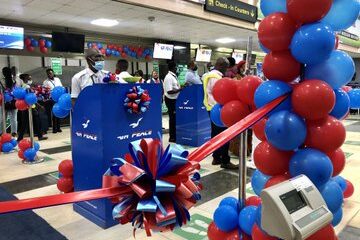
 AVIATION5 years ago
AVIATION5 years agoPhoto News: Air Peace commence flight operations to South Africa
-
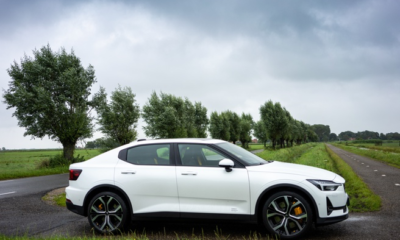
 Car News5 years ago
Car News5 years agoPolestar is recalls over 2000 electric cars due to software bug
-
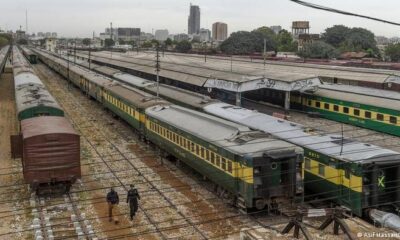
 RAIL4 years ago
RAIL4 years ago36 Killed in Pakistan Train Accident
-
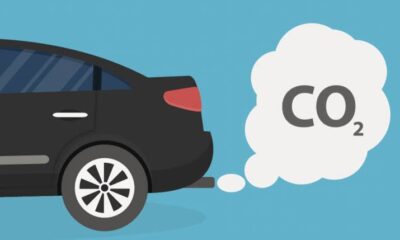
 Technology5 years ago
Technology5 years agoCommon mistakes in CO₂ emissions calculations
-
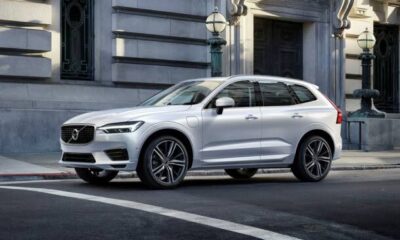
 Business5 years ago
Business5 years ago2016 Volvo XC60 review and specifications
-
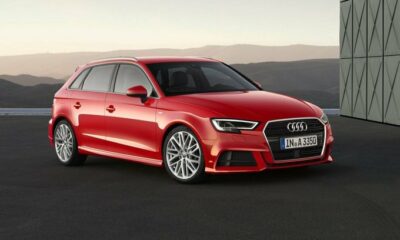
 Reviews5 years ago
Reviews5 years ago2021 Audi A6 Specifications and Review
-
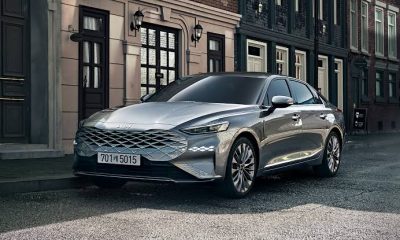
 Reviews3 years ago
Reviews3 years agoDebutant Kia’s new K8 sedan benchmarks luxury, safety
-

 SAFETY / CAR CARE5 years ago
SAFETY / CAR CARE5 years agoHandbrake warning light; what it means and what to do
